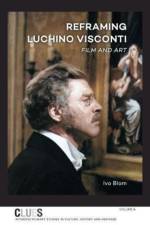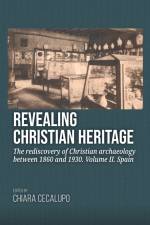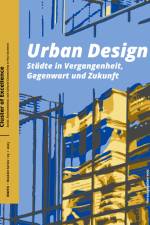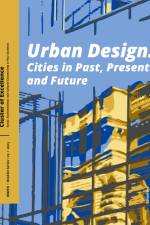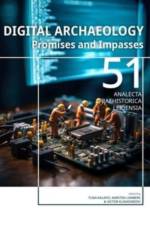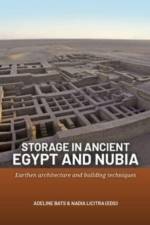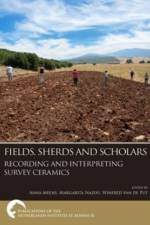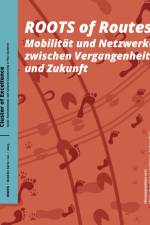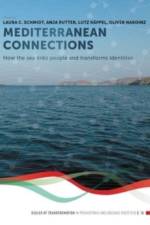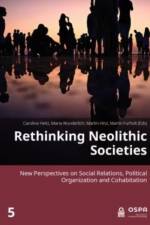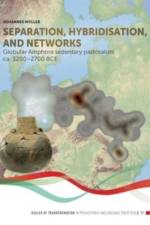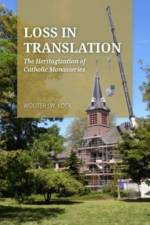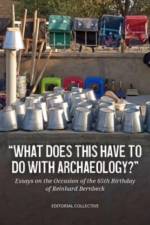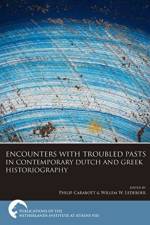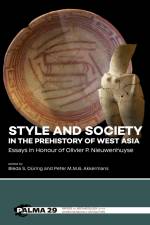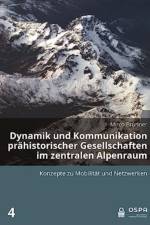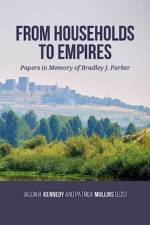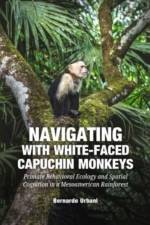76,00 €
Archaeology has gone digital for some time now! Topics such as GIS databases, 3D models, drone photography, meta- and para-data, semantic mapping, text mining, simulation, and social network analysis have become commonplace in archaeological discourse and practice. Digital and technological advancements seemingly offer limitless promises for data recording, analysis and dissemination. Yet, after several decades of innovation, we must ask ourselves which of these promises are actually fulfilled, and which persistent impasses are present. Today, some reflexive questions are more important than ever. In particular, when, how and why do our innovative archaeology tools fail? Do we approach our archaeological projects with a digital wand and (implicitly or explicitly) expect a magical solution? And when there is indeed a digital solution, at what expense does it come?In this volume, scholars and practitioners in the field discuss the state of the art, as well as the promises and impasses that digital approaches to archaeology entail. The authors discuss the current state of teaching digital archaeology, the societal impact of digital innovations, current issues in archaeological data management, promises and limitations of isotopic research and remote sensing techniques, and why subfields such as agent-based modelling and serious gaming struggle to keep momentum.ContentsIntroduction: Leiden Perspectives on Digital ArchaeologyKarsten LambersMetaphors, Myths, and Transformations in Digital ArchaeologyTuna Kalayc¿ and Piraye Hac¿güzellerData Exchange Protocol in Dutch ArchaeologyMilco Wansleeben, Walter Laan and Ronald VisserDigital Data Integration in Mediterranean Field Survey Archaeology: Status Quo and Future PerspectivesTymon de Haas and Martijn van LeusenIsotopes, Isoscapes, and the Search for Geographic Origins: Unrealized Potential or Unrealistic Expectations?Jason E. Laffoon and Till F. SonnemannFrom the Jungle to the Lab: Using Remote-Sensing and Deep Learning to Map Archaeological Features in Lab-based SettingsSarah Klassen, Tommaso Pappagallo and Damian EvansBibliometric Analysis of Agent-Based Simulation in Archaeology: People, Topics, and Future ProspectsIza Romanowska and Fulco ScherjonCritical Miss? Archaeogaming as a Playful Tool for Archaeological Research and OutreachAris Politopoulos and Angus MolReflectionsRachel Opitz

